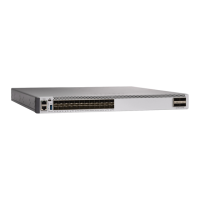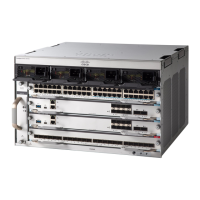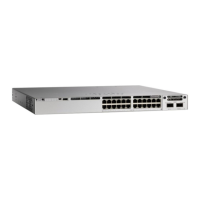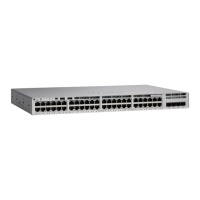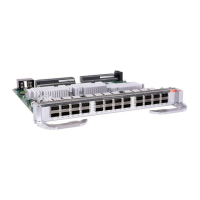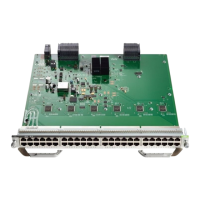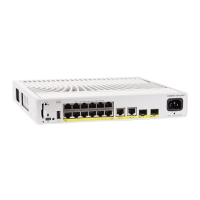PurposeCommand or Action
(Optional) Applies an offset list to routing metrics to increase
incoming and outgoing metrics to routes learned through RIP.
You can limit the offset list with an access list or an interface.
offset-list [access-list number |
name] {in | out} offset [type
number]
Example:
Device(config)# offset-list
103 in 10
Step 7
(Optional) Adjusts routing protocol timers. Valid ranges for
all timers are 0 to 4294967295 seconds.
timers basic update invalid
holddown flush
Step 8
Example:
Device(config)# timers basic
45 360 400 300
• update—The time between sending routing updates.
The default is 30 seconds.
• invalid—The timer after which a route is declared
invalid. The default is 180 seconds.
• holddown—The time before a route is removed from
the routing table. The default is 180 seconds.
• flush—The amount of time for which routing updates
are postponed. The default is 240 seconds.
(Optional) Configures the switch to receive and send only
RIP Version 1 or RIP Version 2 packets. By default, the switch
version {1 | 2}
Example:
Device(config)# version 2
Step 9
receives Version 1 and 2 but sends only Version 1. You can
also use the interface commands ip rip {send | receive}
version 1 | 2 | 1 2} to control what versions are used for
sending and receiving on interfaces.
(Optional) Disables automatic summarization. By default, the
switch summarizes subprefixes when crossing classful
no auto summary
Example:
Device(config)# no auto
summary
Step 10
network boundaries. Disable summarization (RIP Version 2
only) to advertise subnet and host routing information to
classful network boundaries.
(Optional) Disables validation of the source IP address of
incoming RIP routing updates. By default, the switch validates
no validate-update-source
Example:
Device(config)# no
validdate-update-source
Step 11
the source IP address of incoming RIP routing updates and
discards the update if the source address is not valid. Under
normal circumstances, disabling this feature is not
recommended. However, if you have a router that is
off-network and you want to receive its updates, you can use
this command.
(Optional) Adds interpacket delay for RIP updates sent. By
default, packets in a multiple-packet RIP update have no delay
output-delay delay
Example:
Device(config)# output-delay
8
Step 12
added between packets. If you are sending packets to a
lower-speed device, you can add an interpacket delay in the
range of 8 to 50 milliseconds.
Routing Configuration Guide, Cisco IOS XE Everest 16.6.x (Catalyst 9500 Switches)
83
Configuring IP Unicast Routing
Configuring Basic RIP Parameters

